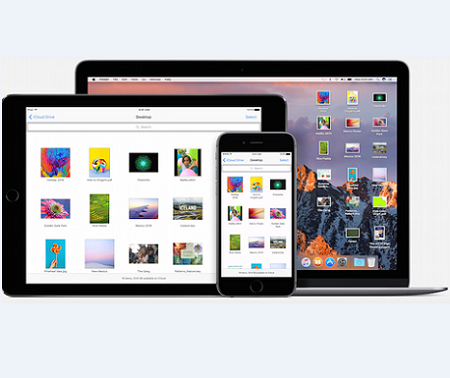Apple Kills Flash On Safari 10, Will Focus On HTML 5
Following in the footsteps of Google and Mozilla, Apple has announced that it is ending default support for Adobe Flash on its upcoming Safari 10 web browser. Instead, Apple will focus on HTML5.
iOS 10, MacOS, WatchOS Updates: WWDC Up Close
iOS 10, MacOS, WatchOS Updates: WWDC Up Close (Click image for larger view and slideshow.)
Through a June 14 blog post by Apple engineer Ricky Mondello, Apple announced that it would be deactivating Adobe Flash by default on Safari 10, the version of the web browser shipping with macOS Sierra in the fall.
The move is another blow to Adobe's multimedia and software platform used for creating web-based applications and animation, which has come under fire for its security vulnerabilities.
On websites that offer both Flash and HTML5 implementations of content, Safari users will now always experience the modern HTML5 implementation, which can also offer improved performance and battery life.
When Safari 10 ships this fall, the browser will behave by default as though common legacy plug-ins on users' Macs are not installed, but if a website really does require a legacy plug-in, users can explicitly activate it on that website.
However, Safari expires a user's request to activate a plug-in on a particular website after it hasn't seen that plug-in used on that site for a little over a month.
The list of plugins Safari won't recognize includes Flash, Java, Silverlight, and QuickTime
"Most websites that detect that Flash isn't available, but don't have an HTML5 fallback, display a 'Flash isn't installed' message with a link to download Flash from Adobe," Mondello wrote in a blog post. "If a user clicks on one of those links, Safari will inform them that the plug-in is already installed and offer to activate it just one time or every time the website is visited. The default option is to activate it only once. We have similar handling for the other common plug-ins."
Modello explained that when a website directly embeds a visible plug-in object, Safari instead presents a placeholder element with a "Click to use" button.
"When that's clicked, Safari offers the user the options of activating the plug-in just one time or every time the user visits that website," Mondello explained. "Here too, the default option is to activate the plug-in only once."
[Check out these tips about HTML5.]
Apple recommends installing a beta of macOS Sierra to make sure its users know how websites they visit frequently may be affected by the change. The company notes that there will be betas of Safari 10 for Mac OS X Yosemite and Mac OS X El Capitan later this summer.
Modello also detailed a series of recommendations for web developers, including using HTML5, the Audio Context application programming interface (API), and Media Source Extensions to implement secure, customized media players.
Google dealt a similar blow to Flash last month when it decided to automatically set its Chrome browser preference to use HTML5 in all but 10 websites later this year.
About a year ago Mozilla, the developer behind the Firefox web browser, announced it has disabled Flash from the browser.
Users can still re-activate the feature by selecting the option in Firefox's settings menu, but from July 2015 onwards, Firefox's use of Flash has been automatically disabled.
About the Author(s)
You May Also Like
How to Amplify DevOps with DevSecOps
May 22, 2024Generative AI: Use Cases and Risks in 2024
May 29, 2024Smart Service Management
June 4, 2024








